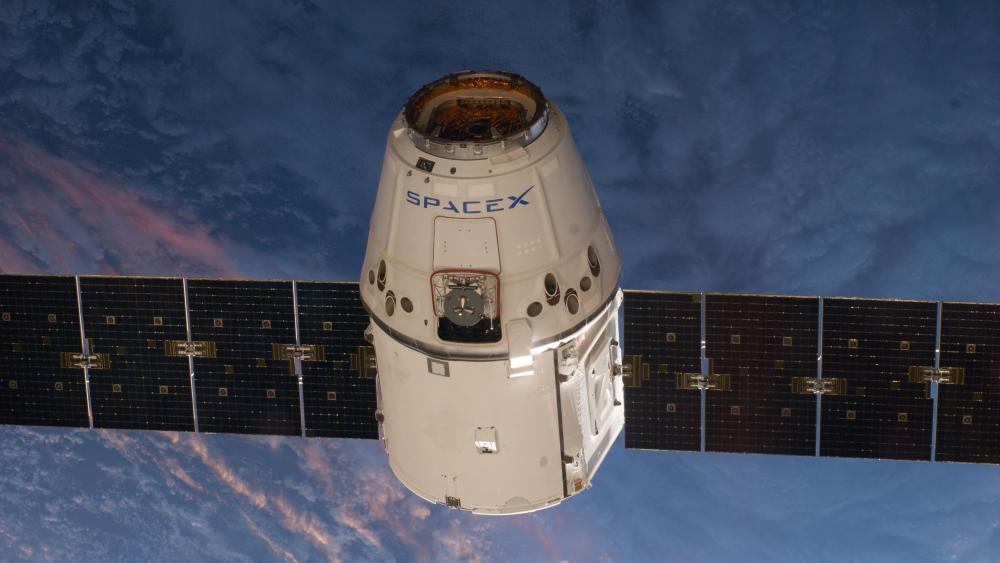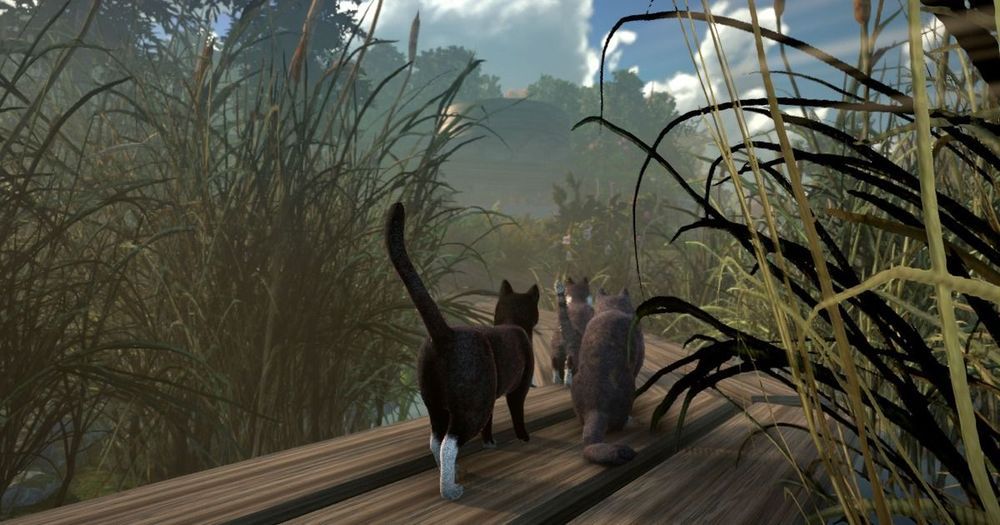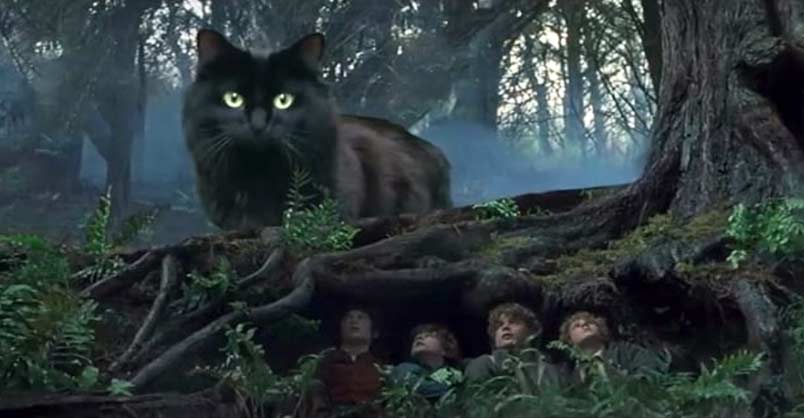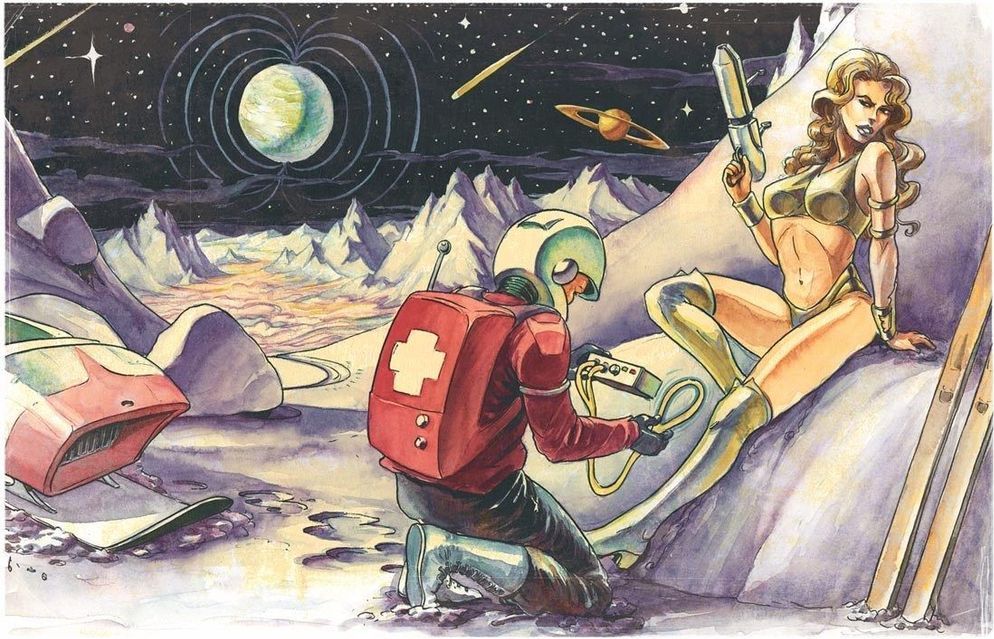For decades, computer programmers have been trying to beat multiplayer games by finding reliable patterns in data.
Researchers at Facebook and Carnegie Mellon University published a whitepaper in Science Journal in July that flips this switch. Their software embraces randomness, and it is reliably beating humans at games.









